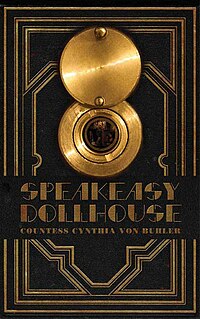
John Wilkes Booth was an American stage actor who assassinated United States President Abraham Lincoln at Ford's Theatre in Washington, D.C., on April 14, 1865. A member of the prominent 19th-century Booth theatrical family from Maryland, he was a noted actor who was also a Confederate sympathizer; denouncing President Lincoln, he lamented the then-recent abolition of slavery in the United States.
Theatrical superstitions are superstitions particular to actors or the theatre.

Edwin Thomas Booth was an American actor who toured throughout the United States and the major capitals of Europe, performing Shakespearean plays. In 1869, he founded Booth's Theatre in New York. Some theatrical historians consider him the greatest American actor, and the greatest Prince Hamlet, of the 19th century. His achievements are often overshadowed by his relationship with his younger brother, actor John Wilkes Booth, who assassinated the 16th president of the United States, Abraham Lincoln.

Junius Brutus Booth was an English stage actor. He was the father of actor John Wilkes Booth, the assassin of U.S. President Abraham Lincoln. His other children included Edwin Booth, the foremost tragedian of the mid-to-late 19th century, Junius Brutus Booth Jr., an actor and theatre manager, and Asia Booth Clarke, a poet and writer.
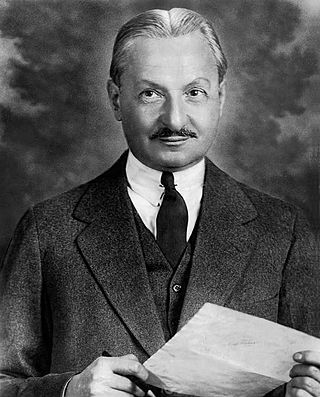
Florenz Edward Ziegfeld Jr. was an American Broadway impresario, notable for his series of theatrical revues, the Ziegfeld Follies (1907–1931), inspired by the Folies Bergère of Paris. He also produced the musical Show Boat. He was known as the "glorifier of the American girl". Ziegfeld is a member of the American Theater Hall of Fame.

John Edward McCullough was an Irish-born American actor.

The Astor Place Riot occurred on May 10, 1849, at the now-demolished Astor Opera House in Manhattan and left between 22 and 31 rioters dead, and more than 120 people injured. It was the deadliest to that date of a number of civic disturbances in Manhattan, which generally pitted immigrants and nativists against each other, or together against the wealthy who controlled the city's police and the state militia.
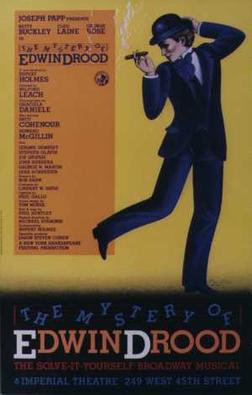
The Mystery of Edwin Drood is a musical written by Rupert Holmes based on the unfinished Charles Dickens novel of the same name. The show was the first Broadway musical with multiple endings. The musical won five Tony Awards, including Best Musical; from among eleven nominations. Holmes received Tony awards for Best Book of a Musical and Best Original Score.
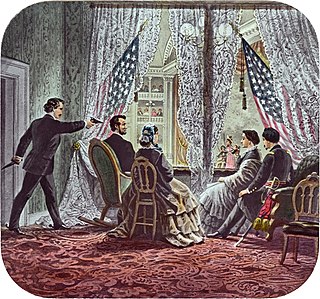
On April 14, 1865, Abraham Lincoln, the 16th president of the United States, was assassinated by John Wilkes Booth while attending the play Our American Cousin at Ford's Theatre in Washington, D.C. Shot in the head as he watched the play, Lincoln died of his wounds the following day at 7:22 am in the Petersen House opposite the theater. He was the first U.S. president to be assassinated. His funeral and burial were marked by an extended period of national mourning.

Cynthia von Buhler is an American artist, author, playwright, performer, and producer.
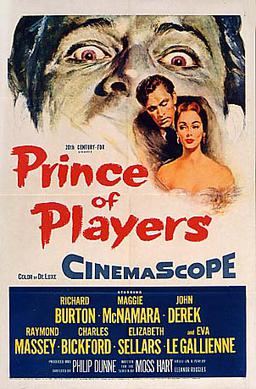
Prince of Players is a 1955 20th Century Fox biographical film about the 19th century American actor Edwin Booth. The film was directed and produced by Philip Dunne from a screenplay by Moss Hart, based on the book by Eleanor Ruggles. The music score was by Bernard Herrmann and the cinematography by Charles G. Clarke. The film was made in CinemaScope and in DeLuxe Color.
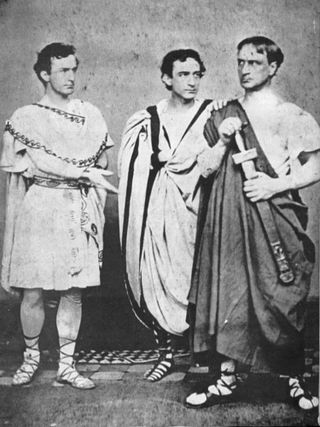
The Booth family was an English American theatrical family of the 19th century. Its most known members were brothers Edwin Booth, one of the leading actors of his day, and John Wilkes Booth, also a fellow actor most remembered for assassinating Abraham Lincoln.

Booth's Theatre was a theatre in New York built by actor Edwin Booth. Located on the southeast corner of 23rd Street and Sixth Avenue, Booth's Theatre opened on February 3, 1869.

The first theatre in New York City to bear the name The Winter Garden Theatre had a brief but important seventeen-year history as one of New York's premier showcases for a wide range of theatrical fare, from variety shows to extravagant productions of the works of Shakespeare. Initially known as Tripler's Hall or Metropolitan Hall, it burned down in 1854 and was rebuilt as The New York Theatre. It rose from the ashes under different managers, bearing various names, to become known as one of the most important theatres in New York history. It nearly burned again in November 1864, in plot hatched by Confederate sympathsizers, and burned to the ground a second time in 1867.

The Savannah Theatre, first opened in 1818 and located on Bull Street, at Chippewa Square, in Savannah, Georgia, is one of the United States' oldest continually operating theatres. The structure has been both a live performance venue and a movie theater. Since 2002, the theatre has hosted regular performances of a variety of shows, primarily music revues.
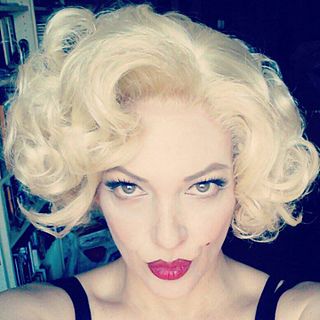
Kat Mon Dieu is a Marilyn Monroe tribute artist, neo-classical burlesque dancer, pin-up model, art school model, actress, producer, performance artist and writer based in New York. She was the producer of Dark Carnival Burlesque, a monthly show featuring a combination of burlesque and variety acts. Kat also was a freelance blogger for Dr Sketchy's Anti-Art School.

Robyn Adele Anderson is an American singer and stage actress based in New York City. She is a cast member and featured artist for Scott Bradlee's Postmodern Jukebox with over 250 million YouTube views on her music videos. She is credited with the band's breakthrough covers of "Thrift Shop" and "We Can't Stop" in 2013. Anderson also performed lead vocals for performances on Good Morning America (ABC) in 2013, and TEDx in 2014.

Thomas R. Eagleson, better known by the stage name Thomas Wallace Keene, was an American theatre actor known for his Shakespearean roles which he performed throughout the United States.

Pearls Daily is an American actress, dancer, burlesque artist, filmmaker, and model. She has credits in theatre, film, television, and commercials.

Minky Woodcock is fictional comic book crime series created by writer-artist Cynthia von Buhler. The title character is a private detective who has appeared in two limited series published by Titan Books' Hard Case Crime imprint and a theatrical show. The storylines feature sizeable appearances from historical figures such as Harry Houdini, Arthur Conan Doyle, Nikola Tesla and Josephine Baker.
